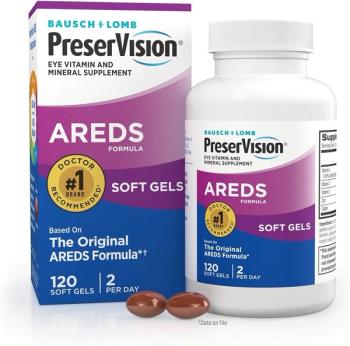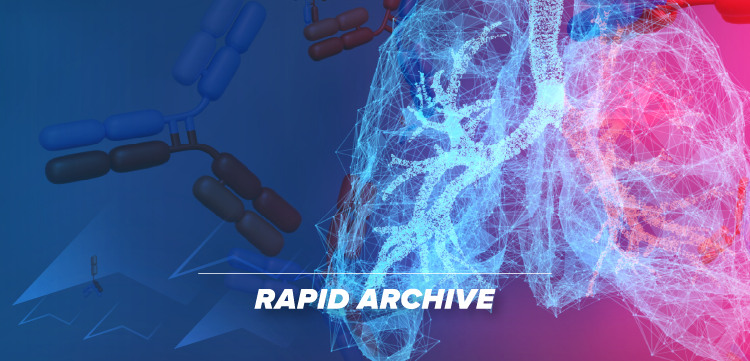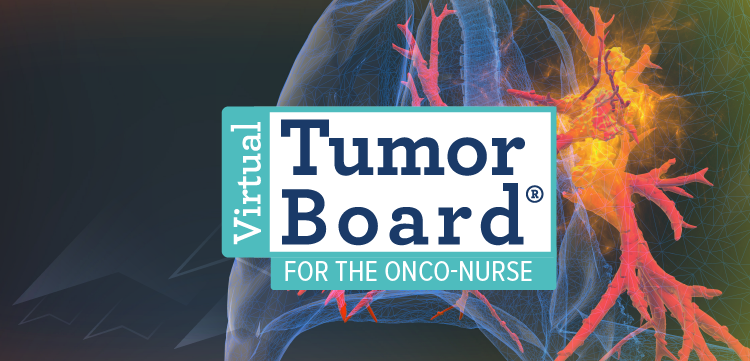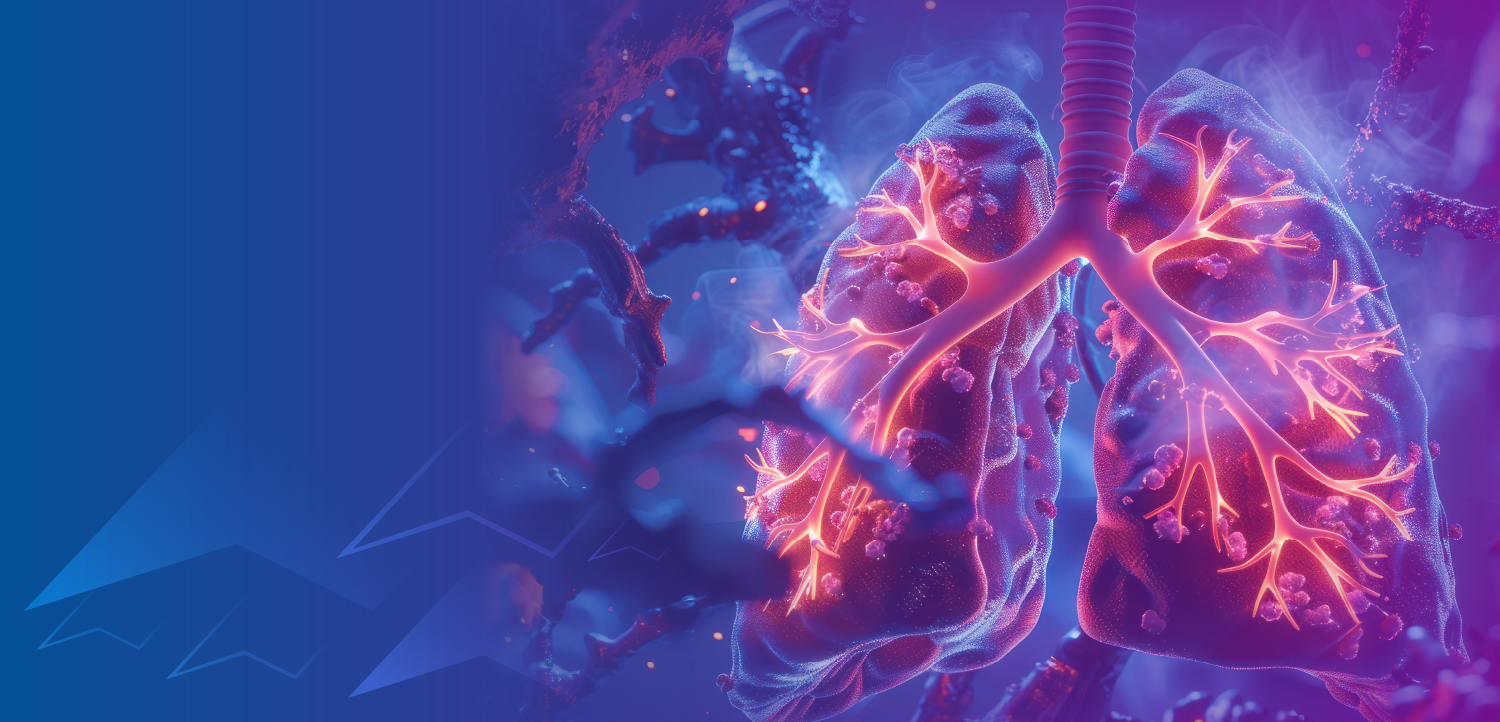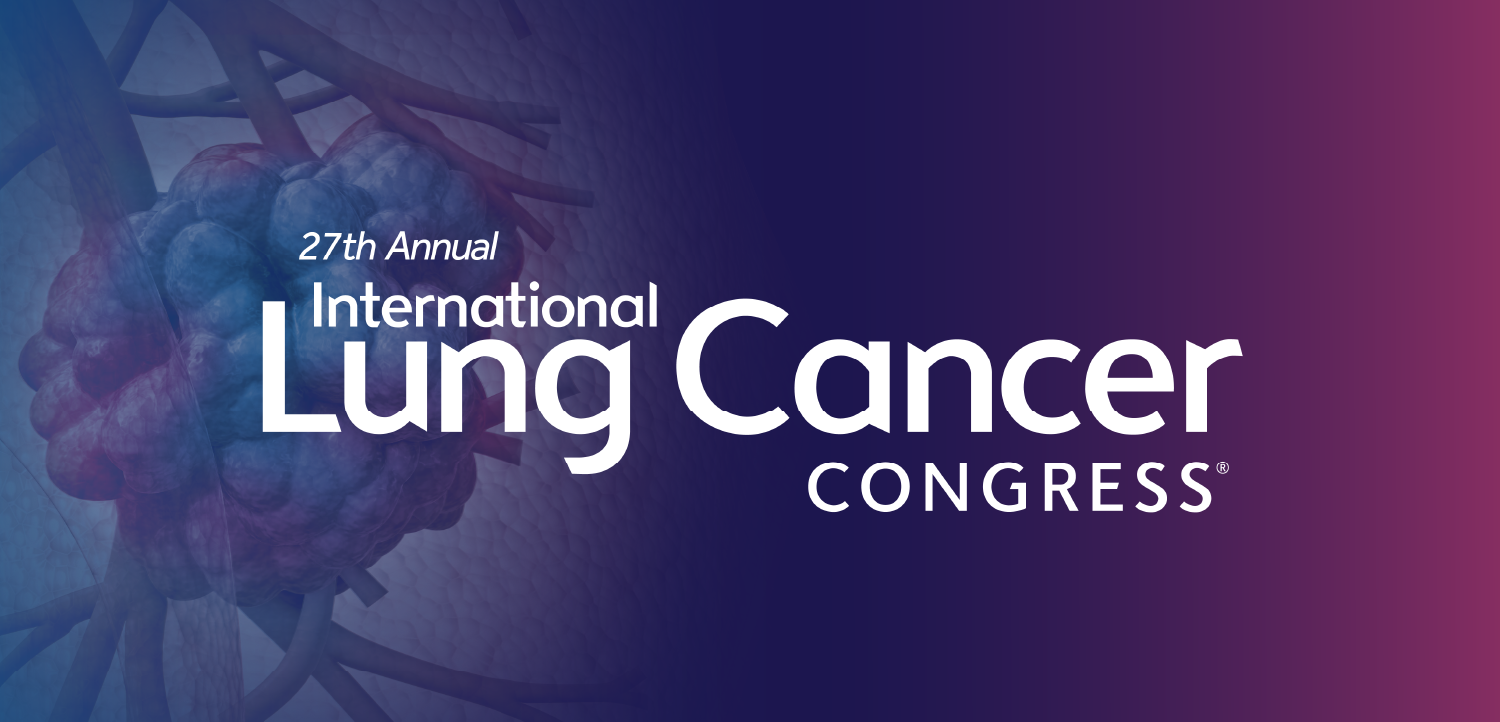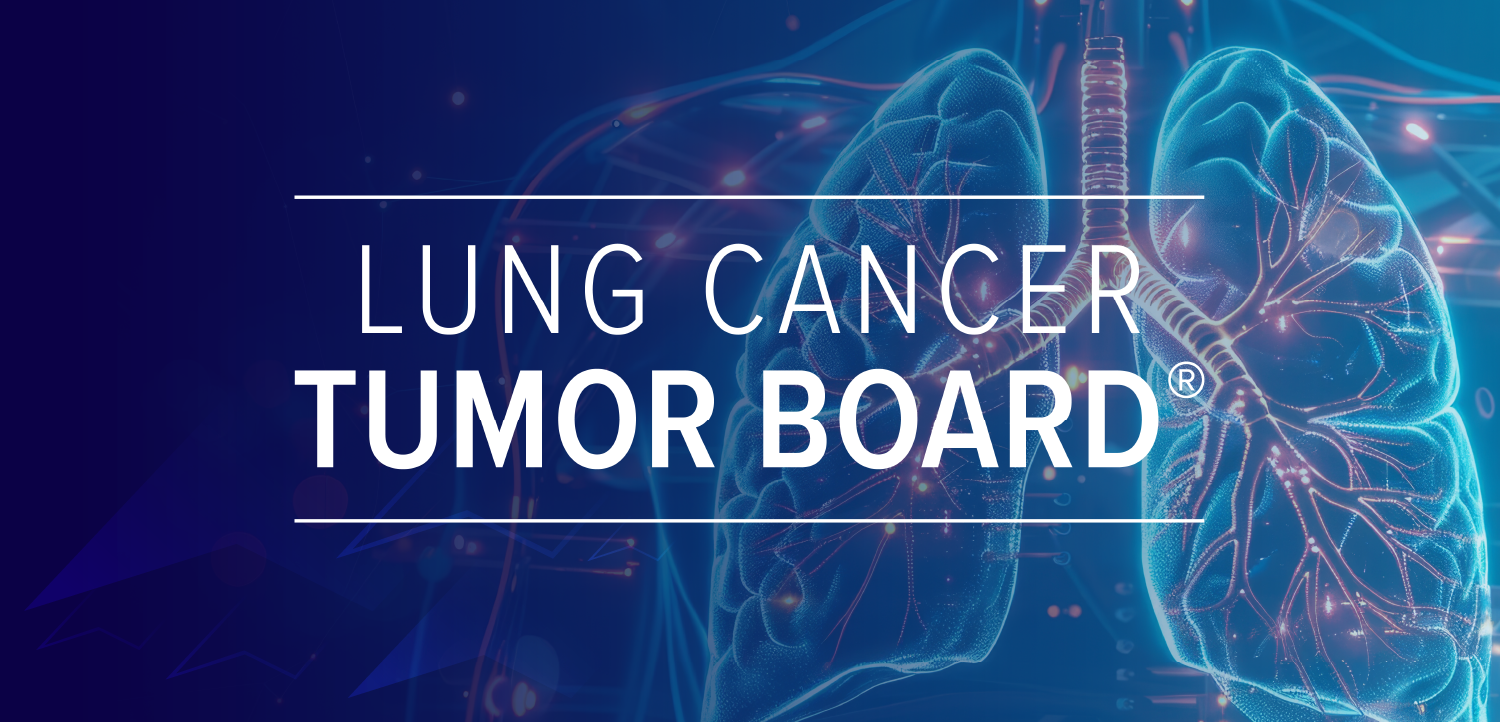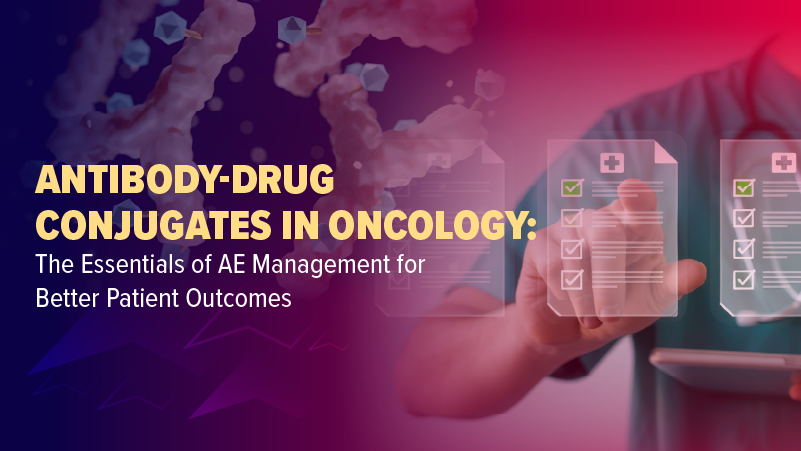
Machine Learning Promises to Revolutionize Gene Delivery. Researchers Have Already Made Strides.
Gene therapy is enormously complicated, inefficient and slow. Early tests of a newly developed machine learning model show how much faster, and more efficient, it might be.
The field of gene therapy has huge potential for curing genetic diseases. But transportation is a challenge.
To safely and effectively package and deliver new genes to specific cells, where they take over the role of faulty genes that cause disease, scientists most often engineer adeno-associated viruses to be gene-delivery vehicles. It is a painstaking process. But what if machine learning could provide a high-speed assist?
In
They then used their new tool, called Fit4Function, to design capsids for a type of adeno-associated virus called AAV9, which is frequently used as a vector , that more efficiently targeted the liver and could be easily manufactured. Roughly 90% of the capsids predicted by their machine learning models successfully delivered their cargo and met five other criteria.
What’s more, their machine learning (ML) model correctly predicted the behavior of the proteins in macaque monkeys – even though it was trained only on mouse and human cell data.
First author Fatma-Elzahraa Eid, Ph.D., a senior machine learning scientist, and nearly all members of the team, are affiliated with the lab of institute scientist
They’re looking ahead.
“The Fit4Function strategy ultimately makes it possible to predict cross-species traits of peptide-modified AAV capsids and is a critical step toward assembling an ML [machine learning] atlas that predicts AAV capsid performance across dozens of traits,” the authors wrote.
Newsletter
Get the latest industry news, event updates, and more from Managed healthcare Executive.

